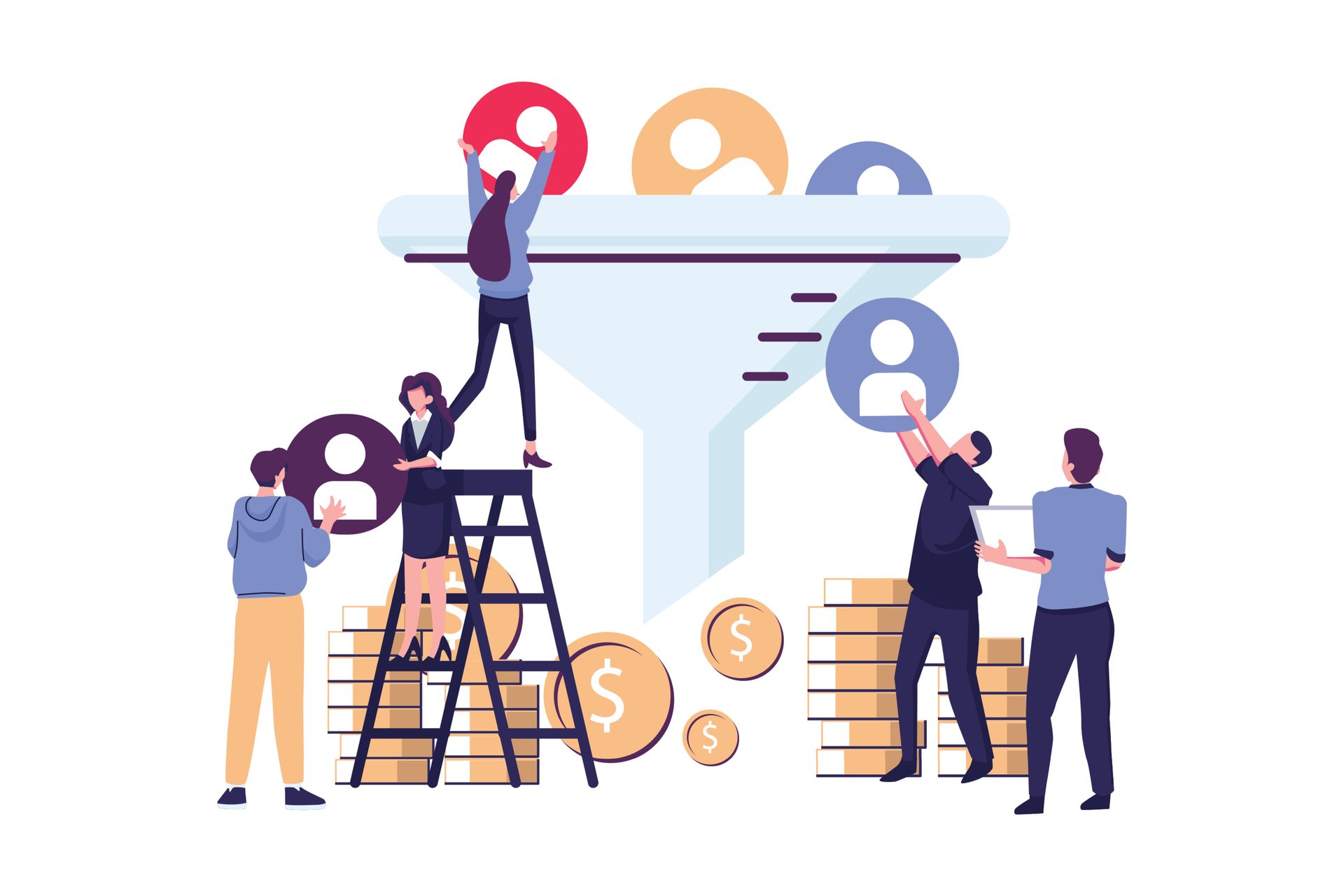From First Appointment to First Order: The Recipe for Converting Opportunities into Customers
Imagine this: You’re baking sourdough bread. You’ve carefully mixed the ingredients, shaped the dough, and placed it in the oven, expecting a perfect loaf. But when you pull it out, it’s flat and dense. What went wrong?
The answer: You rushed the process.
Sourdough isn’t like a quick batch of cookies—you can’t just throw everything together and expect instant results. It needs time to rest, rise, and develop before it’s ready.
Sales works the same way. Too often, Sales Professionals treat a great first appointment as if it should immediately lead to a sale. They overload prospects with too much information, assume initial excitement means commitment, and then simply “follow up,” hoping for an order. But just like great bread, great sales require nurturing, patience, and the right timing at every stage.
So, how do you make sure your sales conversations rise instead of falling flat?
Let’s break it down step by step.

Step 1: Mixing the Ingredients (Following Up After the First Appointment)
The first in-depth appointment; whether in person, phone or virtual, is where the foundation is set—just like mixing the dough. The magic happens in the follow up. This is where we blend the right ingredients and drip market what else your Dealership can do across all categories.
People will remember what they said, not what you said.
Remind them what they said. Recapping the conversation and what you heard from them is key.
📞 Example Follow-Up:
"When we met/spoke on (date), you mentioned a couple things that really stood out to me and I wanted to verify I heard you correctly. You had said [customer pain point or need], and what we do differently is [specific solution]. Did I hear you right?”
This ensures they feel heard, reminds them of your value, and keeps the conversation progressing—without just “checking in” or “following up.”
Step 2: Let It Rest & Rise (Strategic Follow-Ups)
A critical mistake in sales is thinking that once you’ve presented your solution, your job is done. In reality, you need to let the conversation breathe—but not go stale. Like sourdough, this is where the magic happens.
The key here is dripping in new value at every touchpoint. Each interaction should reinforce what makes you different and keep the conversation moving forward.
📞 Drip in New Value: "By the way, we do deliver using our own employees and uniformed drivers. They get to know the layout of your office and do the heavy lifting for you to take boxes where they are needed. Where are deliveries dropped off right now?”
**If you don’t have this advantage and use other third-party shipping or drop shipping, adjust this to highlight your unique benefits. The key is to drip in a new benefit or even a feature of your website.
Either way, this is far better than checking in or just following up on an order.
Step 3: The Stretch & Fold (Rebuilding Value Over Time)
In sourdough making, the dough is stretched and folded periodically to develop its structure. Similarly, in sales, you need to revisit the customer's needs and pair with how your Dealership can help.
A great way to keep engagement high is by adding fresh value—reminding them of services they may have overlooked or making their experience even easier.
📞
Example Script:
"I was looking at the website login we set up for you and was reminded you probably don’t have your full favorites list on our website. I want to make sure we have the exact products you order already set up to make ordering easy. Would you like (name) from my team and me to help duplicate your favorites list and save you a step?"
(If
No:)
"Perfectly fine! Keep in mind that’s the type of legwork we’re happy to do to help our customers. You probably don’t get that from (competitor), and it’s truly the type of service that sets us apart."
This isn’t just a check-in—it’s a tangible way to prove your value and make the customer’s life easier.
Step 4: The Final Bake (Closing the Deal)
A well-nurtured conversation leads to a natural close. But even here, the approach should be customer-centric, not transactional.
📞
Asking for the Order (Without Feeling Pushy):
"When we spoke (last week/X date), you had mentioned you would probably place your next order around X time. One item you mentioned you order frequently is ___________________. Just curious, how many do you like to keep in stock? How many do you have now? I’d be happy to go ahead and process more of those personally for you so you don’t run out. Would you like for me to do that and help cross something off your list?"
(If they say
no:)
"Understood. Are you still planning to order with me when you do need to order again?")
This keeps the conversation open without forcing the close.
Take the Challenge: The “Sourdough Sales Plan”
Action Step:
Pick one customer or prospect you recently had a first appointment with. Instead of a generic follow-up, map out three strategic touchpoints:
1️⃣
Reinforce Value: What’s one small but meaningful insight you can share to remind them why they engaged in the first place?
2️⃣
Add a New Layer: What’s a purposeful reason or benefit of working with you they haven’t fully realized yet?
3️⃣
Check for Readiness: What’s the right way to bring them toward a confident buying decision?
Test this with just one prospect this week—and see how much stronger the conversation becomes.
Great bread, like great sales, takes patience, skill, and
the right process. Master that process, and you won’t just close more deals—you’ll build lasting customer relationships that rise over time.



